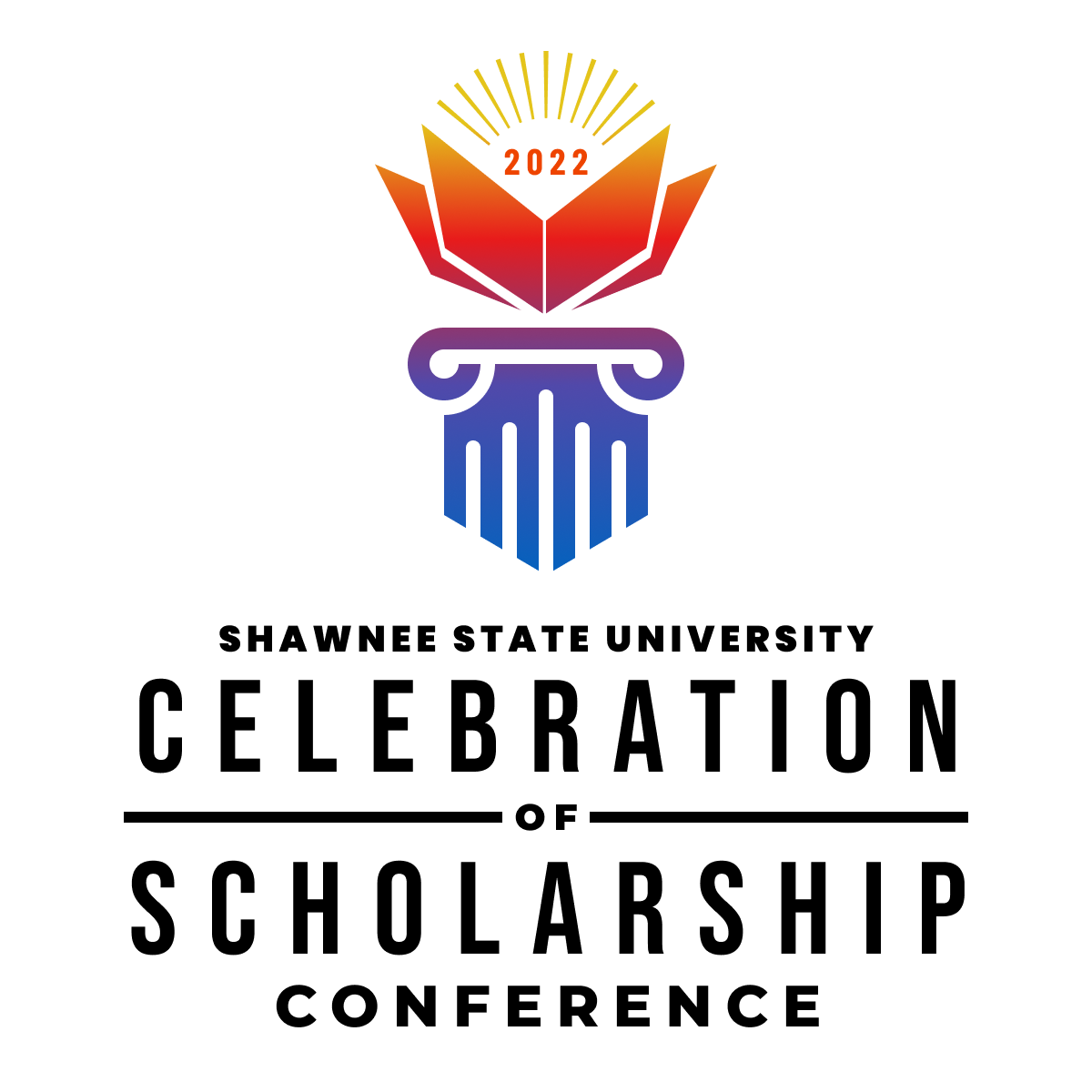
Thursday, 4/7/2022
Loading...
University
Shawnee State University
Major
Art Education
Presentation Types
Oral Presentation (Live)
Keywords:
Art Integration, Common Core, Differentiated Instruction, Visual Arts
Abstract
This study aims to determine just how beneficial integrating art into the common core classroom is, not just for junior high and high school students, but for educators as well. To test this, students participated in a standard activity conducted by their cooperating teacher who specializes in a common core subject. Students then participated in a new assignment with information just as relevant as the last, however students then implemented the creative process. Though students were learning, they were able to use a differentiated approach as well as creative liberties. Following both assignments students took an exam assessing the knowledge and information gained, then took a survey. The research anticipates an increase in student participation, as well as their engagement. These results suggest that students using the creative process allows for different learners to grasp the material, as well as teaching students that there isn’t one way to learn.
Human and Animal Subjects
yes
IRB or IACUC Approval
no
Faculty Mentor Name
John Roush
Faculty Mentor Title
Dr. Roush
Faculty Mentor Department
School of Education
Second Faculty Mentor
Greg Williams
Second Faculty Mentor Title
Mr. Williams
Second Faculty Mentor Department
School of Education
Recommended Citation
Graham, Tayler, "The Importance of Art Integration: Promoting Educators and Students at the Junior High and High School Level" (2022). Celebration of Scholarship. 3.
https://digitalcommons.shawnee.edu/cos/2022/day4/3
The Importance of Art Integration: Promoting Educators and Students at the Junior High and High School Level
This study aims to determine just how beneficial integrating art into the common core classroom is, not just for junior high and high school students, but for educators as well. To test this, students participated in a standard activity conducted by their cooperating teacher who specializes in a common core subject. Students then participated in a new assignment with information just as relevant as the last, however students then implemented the creative process. Though students were learning, they were able to use a differentiated approach as well as creative liberties. Following both assignments students took an exam assessing the knowledge and information gained, then took a survey. The research anticipates an increase in student participation, as well as their engagement. These results suggest that students using the creative process allows for different learners to grasp the material, as well as teaching students that there isn’t one way to learn.

